If you're a fan of tender, flavorful brisket, you’ve probably already heard about the magic of cooking it sous vide. This cooking method, known for its precision and ability to retain moisture and flavor, transforms a tough cut of meat like brisket into something absolutely extraordinary. Whether you're preparing it for a BBQ, a family dinner, or a special occasion, sous vide brisket guarantees that the meat will be melt-in-your-mouth tender and packed with flavor.
What is a Smoked Brisket
A smoked brisket is a cut of beef that’s cooked slowly over low heat in a smoker, typically using wood chips or chunks to impart a rich, smoky flavor. The brisket itself is a tough, fatty cut of meat, usually from the chest area of the cow, and requires long cooking times to break down the tough muscle fibers, resulting in a tender and flavorful dish. I've tasted barbecued brisket all over the country, and while you can certainly find some truly transcendent barbecued brisket, the vast majority of the time, it's a dry, bland disappointment. Sous vide cooking changes all that by allowing even a novice to produce brisket that's as moist and tender as the very best stuff you'll find in Austin or Lockhart.
Why Cook Brisket Sous Vide?
Cooking brisket sous vide is a way to achieve perfectly tender, flavorful meat with a more controlled cooking process, even though it’s not "true" barbecue in the traditional sense. The main difference lies in the method—the sous vide process doesn’t use the hot, smoky air of a traditional smoker to break down the brisket’s connective tissue and infuse the meat with smoke flavor. However, with the right technique, sous vide brisket can still mimic the qualities of great barbecue.
Essentially, sous vide brisket combines the best of both worlds: the ideal texture and tenderness from slow, precise cooking, along with the deep, smoky flavor and crispy bark that people expect from traditional barbecue. While it’s not a true "low and slow" smoked brisket, sous vide can yield a barbecue experience that’s close to, if not surpasses, the real thing in terms of flavor, texture, and overall enjoyment.
With sous vide cooking, there's no babysitting required. Set the immersion circulator to the right temperature, drop in the meat, walk away until it's cooked through, then finish it off on the grill or in the oven when you're ready to serve.
Should You Smoke Brisket First Then Sous Vide?
Smoking brisket before sous vide is a technique that some BBQ enthusiasts use to combine the best of both worlds—infusing the meat with smoke flavor while still achieving the tenderness and consistency that sous vide provides.
Since sous vide doesn’t add much flavor, smoking first ensures that the brisket has the rich, complex smoke flavor you expect from traditional barbecue.
After the sous vide cook, you can finish the brisket by giving it a quick sear in a hot pan or on a grill to enhance the bark further.
What Temperature Should I Use?
When smoking brisket first and then cooking it sous vide, you’ll want to carefully choose the right temperatures for both stages to ensure optimal results.
1. Smoking Temperature:
Smoking Temperature: Aim for 225°F to 250°F (107°C to 121°C). This temperature range allows for slow smoking, which helps the brisket develop flavor and begin the tenderizing process.
Smoking Duration: Smoke the brisket for about 4-6 hours or until it reaches an internal temperature of around 160°F to 170°F (71°C to 77°C). At this point, the brisket will have absorbed enough smoke flavor, and it’s ready for the sous vide step.
2. Sous Vide Temperature:
The sous vide process will ensure the brisket becomes incredibly tender and juicy by cooking it at a precise, low temperature for an extended period. The sous vide temperature should be chosen based on your desired texture:
Sous Vide Temperature for Brisket:
A common range for sous vide brisket is 155°F to 165°F (68°C to 74°C). The choice depends on the level of tenderness you want:
155°F (68°C) will result in a traditional brisket texture with some bite but still tender.
165°F (74°C) will yield a softer, more tender result with a melt-in-your-mouth texture, akin to braised meat.
How Long Does it Take to Sous Vide Brisket?
Sous vide brisket should be cooked for 12-24 hours, depending on how tender you want it and how thick the brisket is. The longer it cooks, the more tender it will become, but 18 hours is a good middle ground for most people.
What Rub Should I Use?
For a traditional Texas-style brisket, stick with a simple rub of salt and coarsely ground black pepper. This classic combination enhances the beef's natural flavor without overpowering it. To get a consistent, coarse grind, use a manual coffee burr grinder for the best results.
Instructions:
Pat your brisket dry with paper towels.
Generously coat the brisket on all sides with the rub, pressing it into the meat.
Let the brisket sit for at least 30 minutes (or longer, up to a few hours) to allow the rub to adhere. You can also wrap it and refrigerate overnight for a more intense flavor.
How to Sous Vide Brisket
To sous vide brisket, follow these steps to achieve tender, flavorful meat with the rich taste of traditional barbecue:
1. Prepare the Brisket:
Seasoning: For a traditional Texas-style brisket, use a simple rub of salt and coarsely ground black pepper. The ratio is typically 50/50, but you can adjust it to your preference. The coarse grind of pepper adds texture and flavor.

Grind the Pepper: To achieve a consistent, coarse grind, it's best to use a manual coffee burr grinder. This ensures an even grind, which helps the rub adhere better to the meat.
2. Smoke the Brisket (Optional, for flavor):
Smoking Temperature: Preheat your smoker to 225°F to 250°F (107°C to 121°C).
Smoking Time: Smoke the brisket for about 4-6 hours or until it reaches an internal temperature of 160°F to 170°F (71°C to 77°C). This step adds that deep, smoky flavor.
Achieve a Smoke Ring: While the smoke ring is mainly a visual indicator and doesn’t affect flavor, it forms best when the brisket is exposed to the smoky air at lower temperatures. Keep this in mind if you’re aiming for the classic BBQ look.

3. Sous Vide Cooking:
After smoking, place the brisket in a vacuum-seal bag (or use a ziplock bag with the water displacement method).
Sous Vide Temperature: For brisket, a good temperature range is 155°F to 165°F (68°C to 74°C). For a traditional texture, go with 155°F (68°C), or for a more tender, melt-in-your-mouth result, go with 165°F (74°C).
Sous Vide Cooking Time: Cook the brisket for 12-24 hours depending on how tender you want it. Typically, 18 hours gives great results with perfect tenderness.

4. Finishing the Brisket (Develop the Bark):
After the sous vide process, the brisket will be incredibly tender but may not have a crispy bark (crust).
To get that perfect bark, finish the brisket with a high-heat sear:
Preheat a grill, broiler, or cast-iron pan to 500°F (260°C).

Sear the brisket quickly, about 1-2 minutes per side, until the outside is crispy and develops a rich, dark crust.
Product Recommendation
To enhance your cooking experience while making smoked brisket or other recipes, here are some Ciarra products that will make the process smoother and more efficient:
Gadgets Portable Wireless Vacuum Sealer Machine:
Use: Perfect for vacuum-sealing brisket before sous vide cooking. It helps preserve freshness, flavors, and moisture, and prevents spoilage, making it ideal for prepping and storing food.

Features: Three sealing modes, powerful suction, and low-noise operation. It's also compact for easy storage and includes 5 vacuum bags.
Gadgets Vacuum Sealer Bags (200 Pcs):
Use: These bags are ideal for sous vide cooking and food storage. Vacuum-seal your brisket before sous vide cooking to lock in flavor and preserve freshness for a longer time.

Features: BPA-free, reusable, heavy-duty, and perfect for bulk storage or meal prep. The textured surface boosts suction for better sealing.
Gadgets Ceramic Nonstick Non-Toxic Frying Pan:
Use: After sous vide cooking, use this frying pan to quickly sear your brisket to develop a nice bark. Its ultra non-stick surface makes it perfect for minimal oil cooking and easy cleanup.

Features: Non-toxic ceramic coating, even heat distribution, ergonomic handle, and easy to clean. It’s safe for family use with its FDA-certified, PTFE/PFOA-free surface.
Gadgets Portable Kitchen Air Cleaner (Portable Range Hood) HOOD TO GO:

Use: If you're cooking indoors, especially when searing brisket or preparing other meals that generate smoke, this portable range hood will help filter cooking fumes, odors, and grease.
Features: Triple filtration, 2-speed exhaust fan, easy-to-clean design, quiet operation, and portable for easy storage. It’s perfect for small kitchens or tight spaces like apartments or RVs.
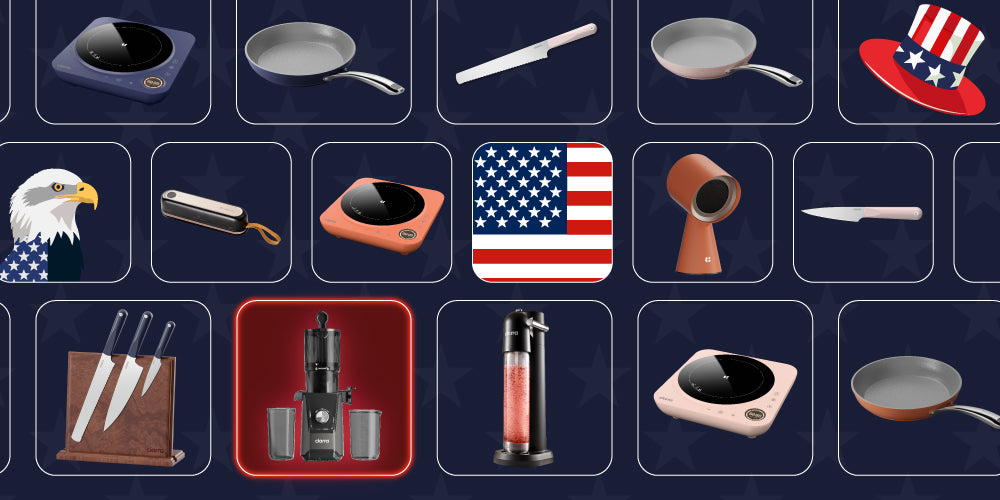
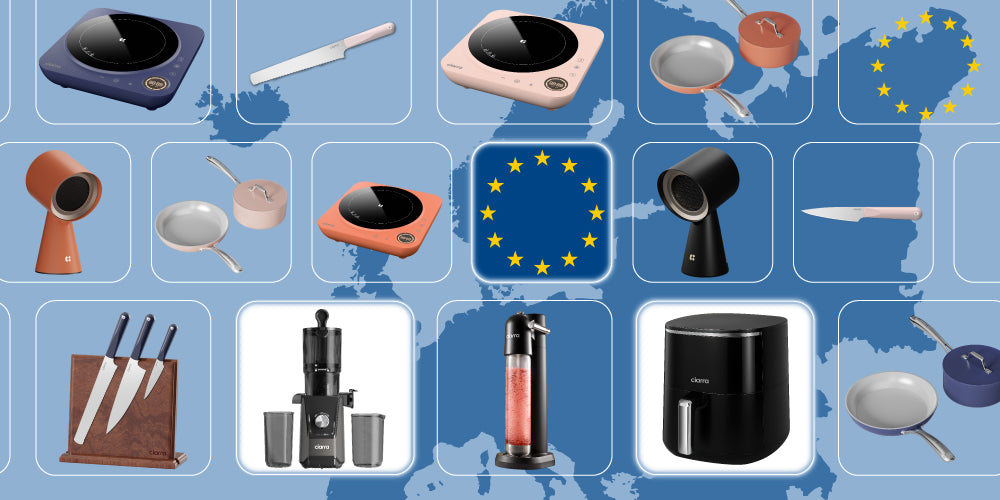
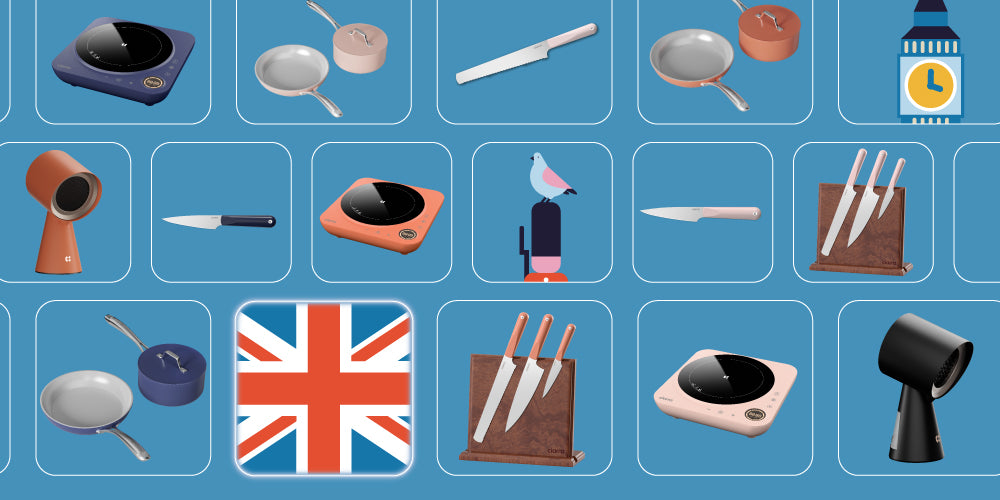
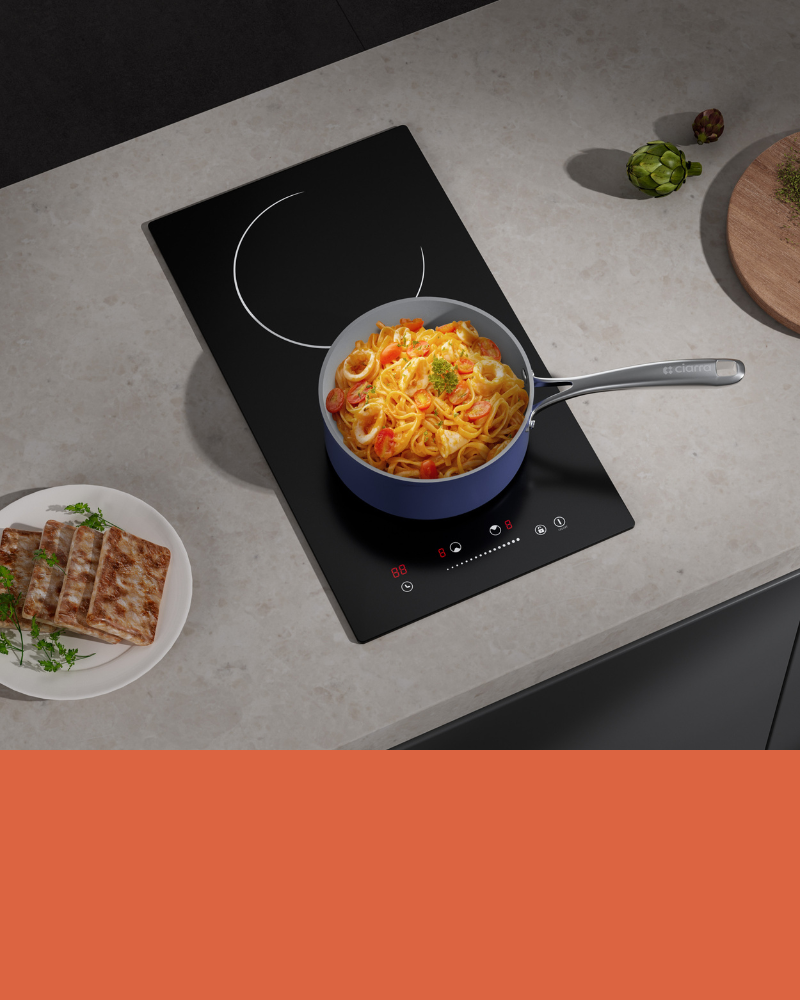
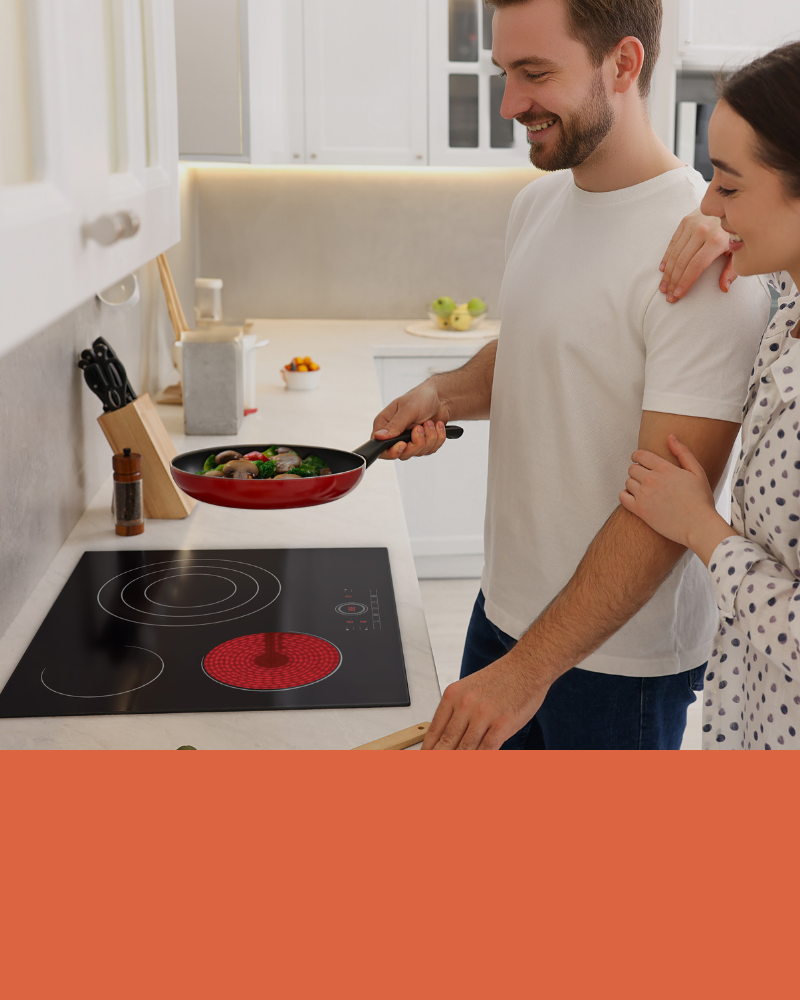
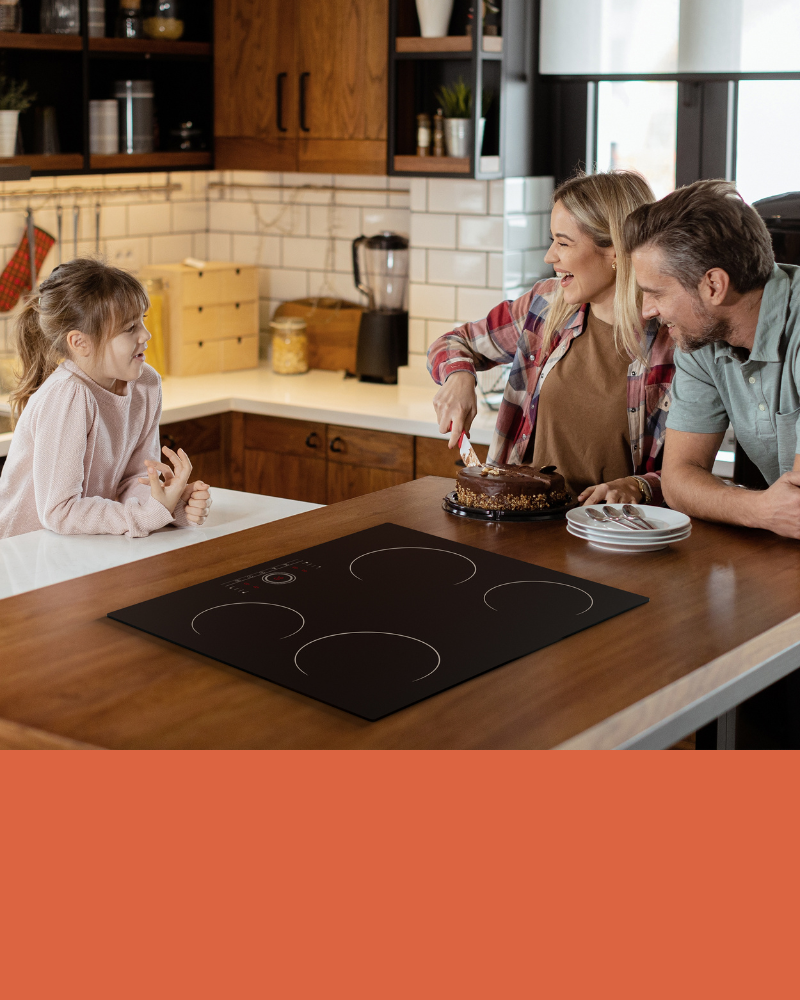
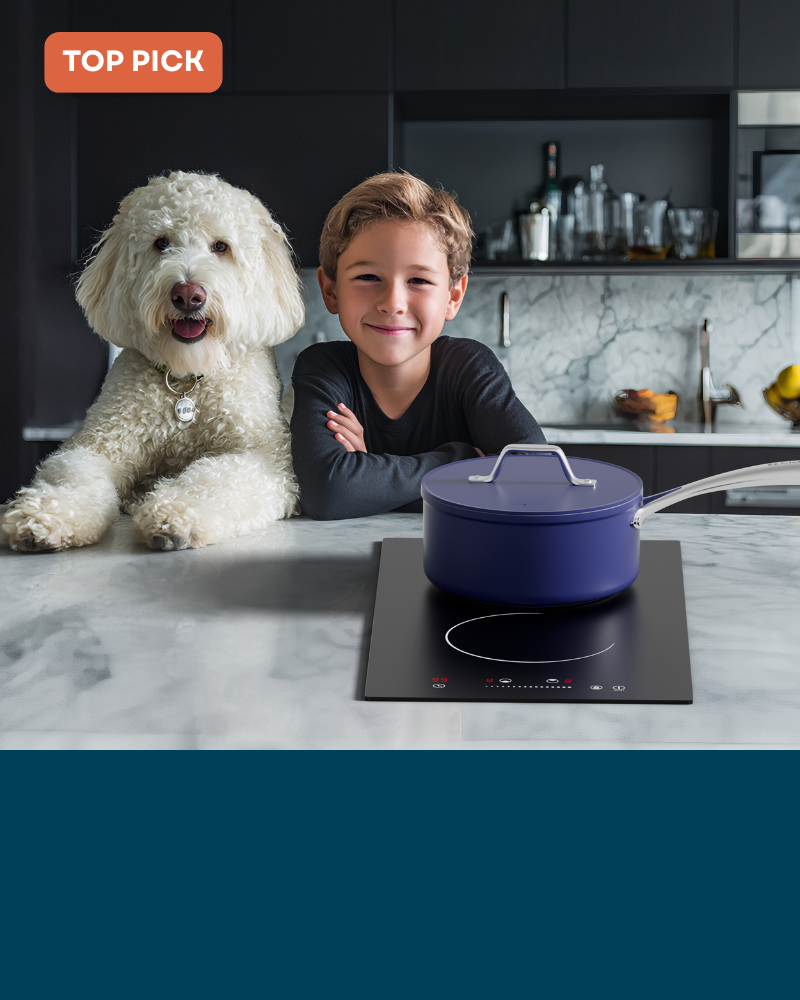
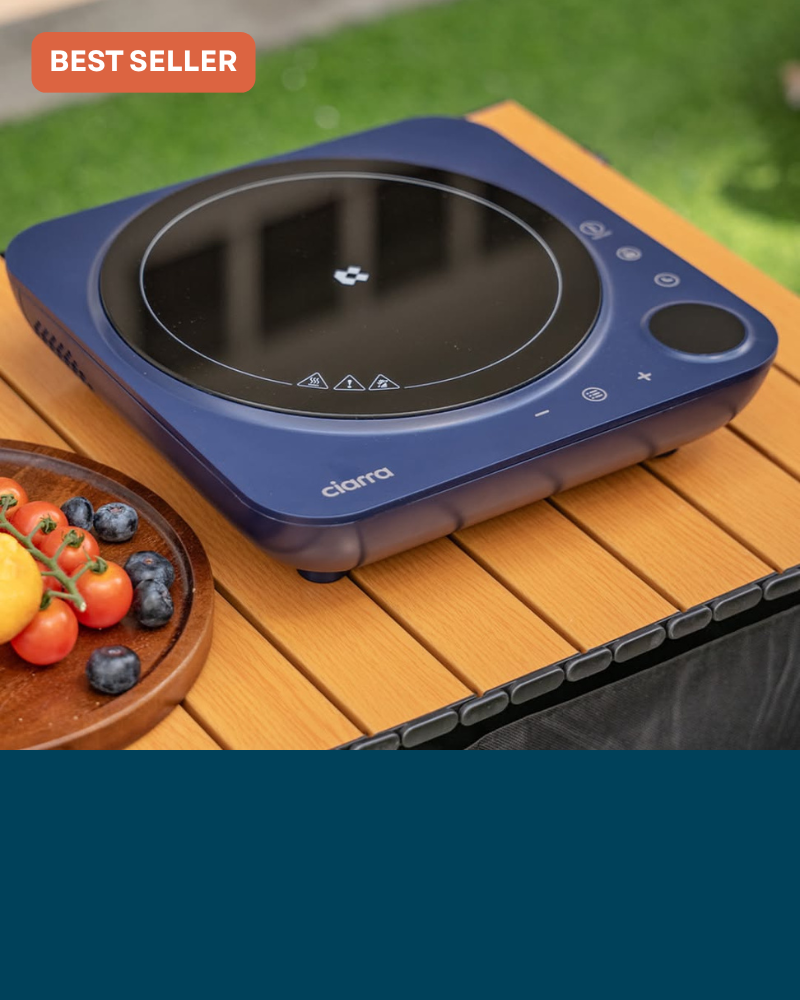
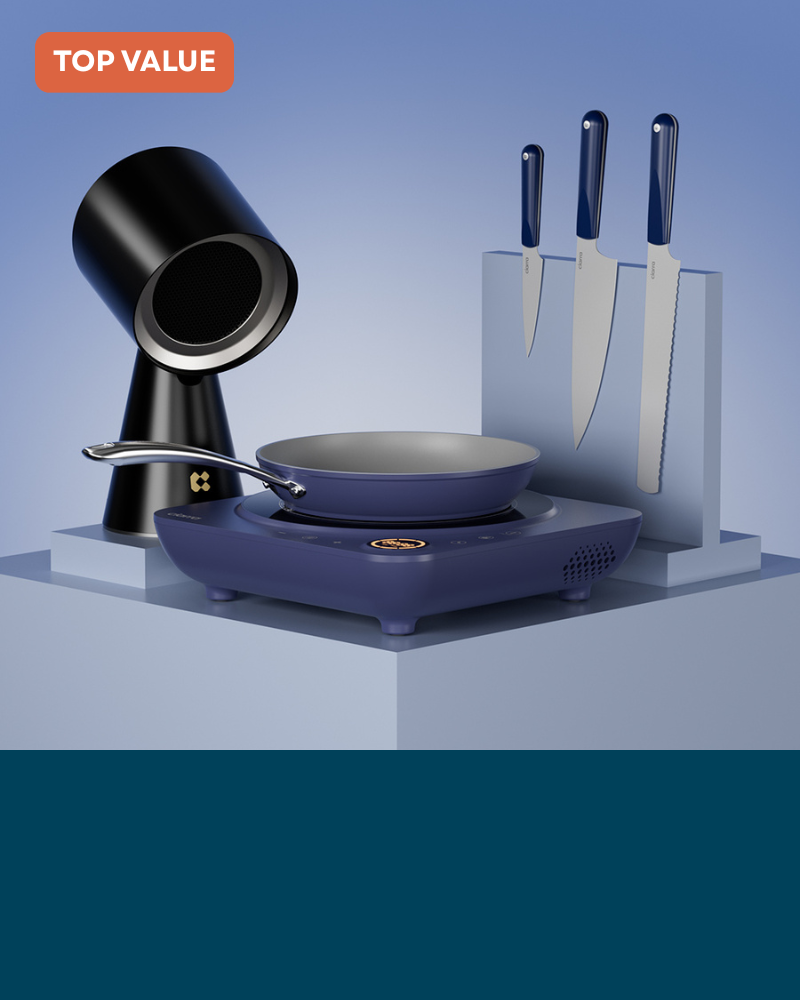
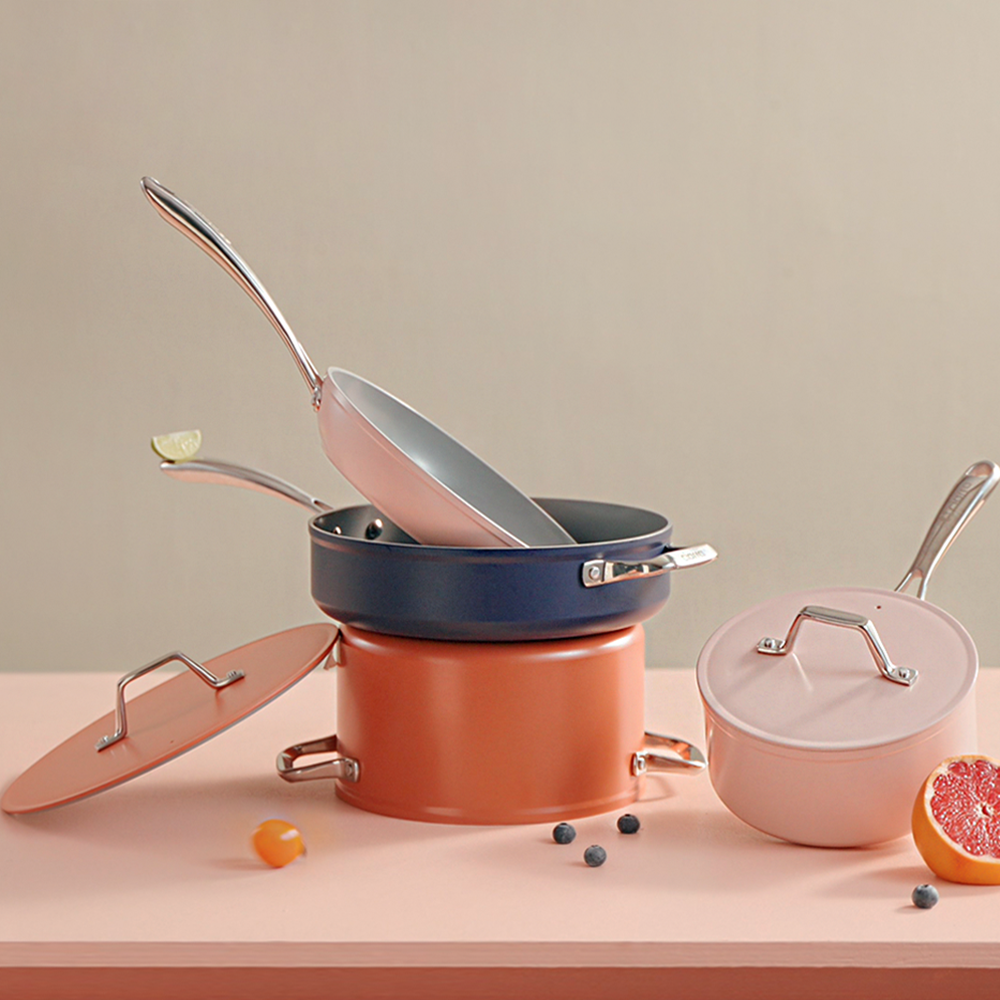
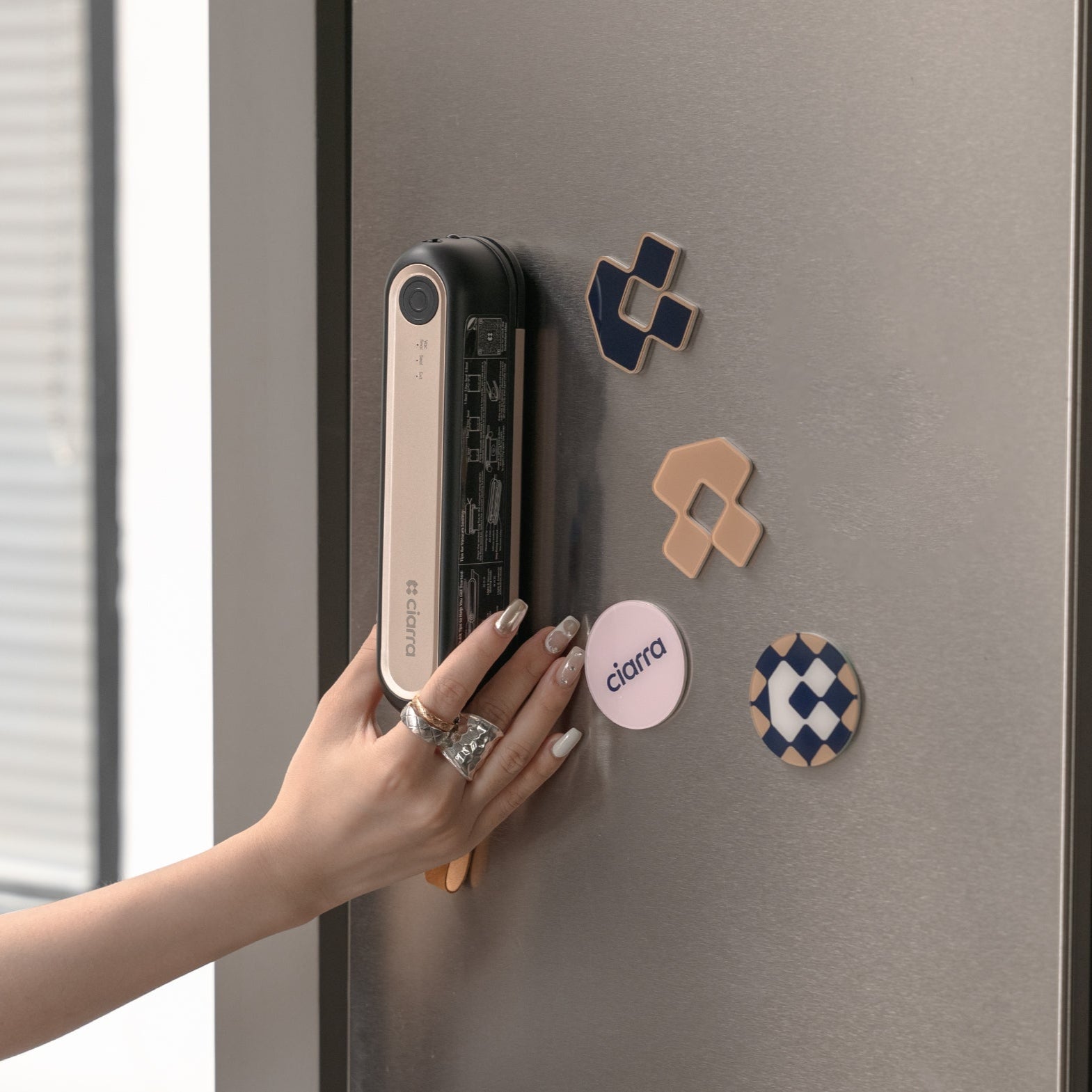
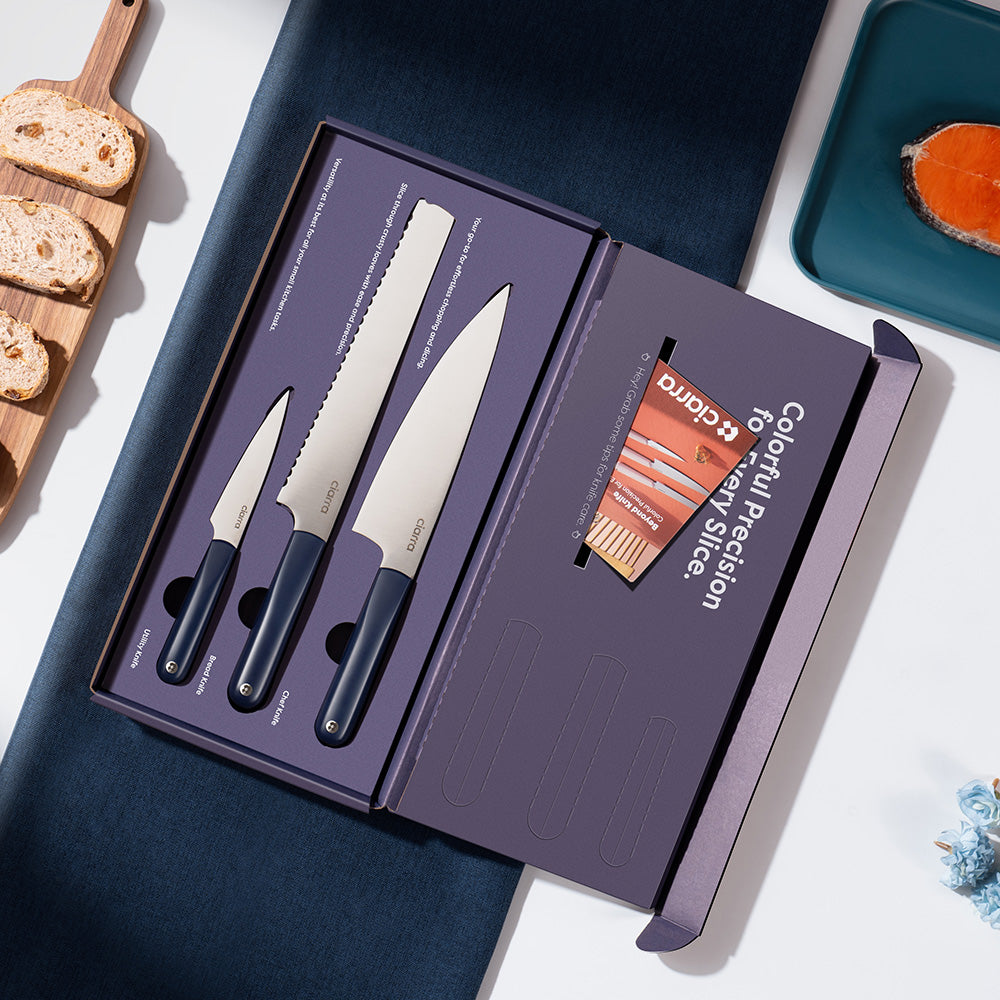

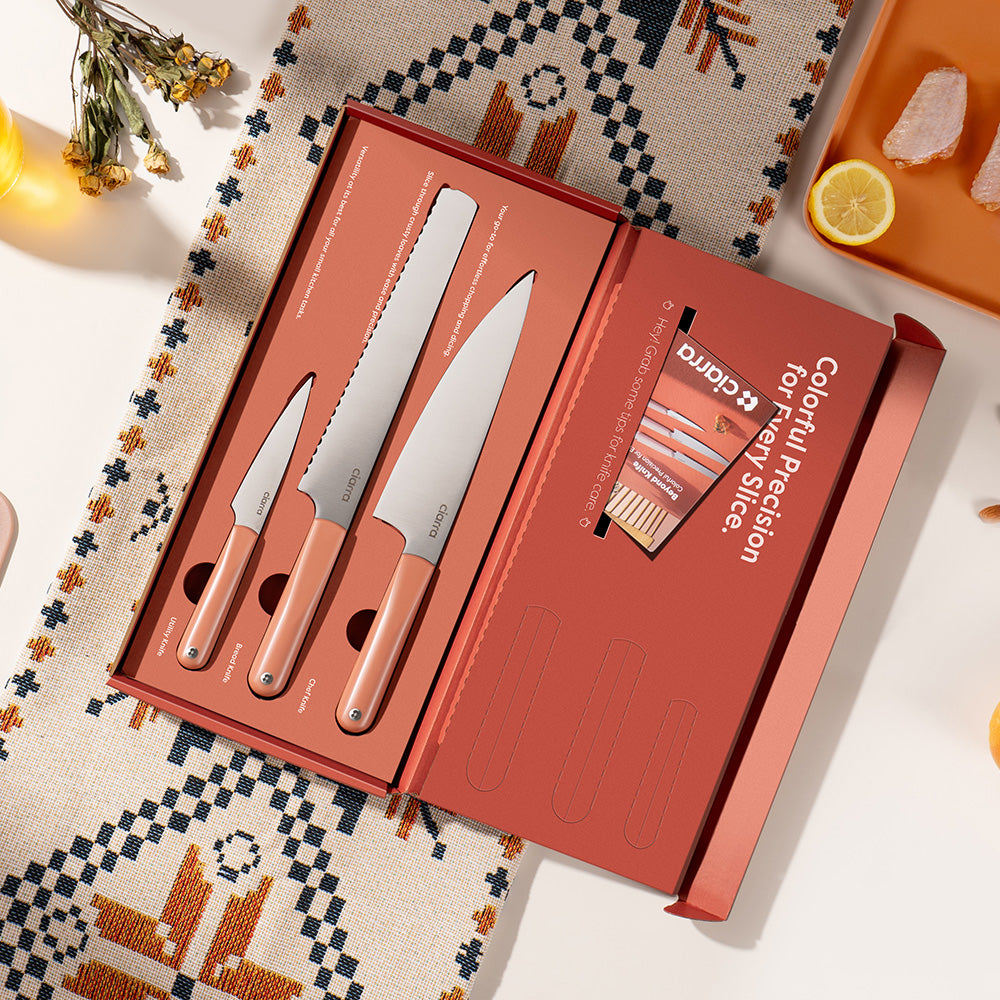
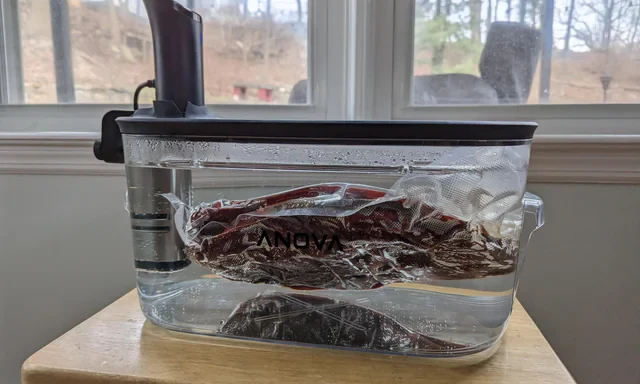
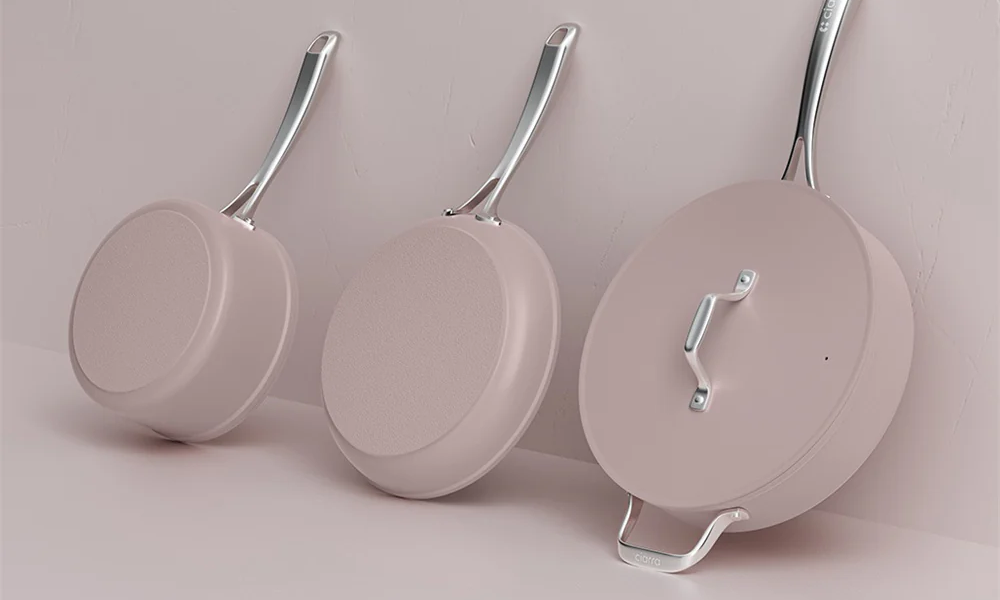
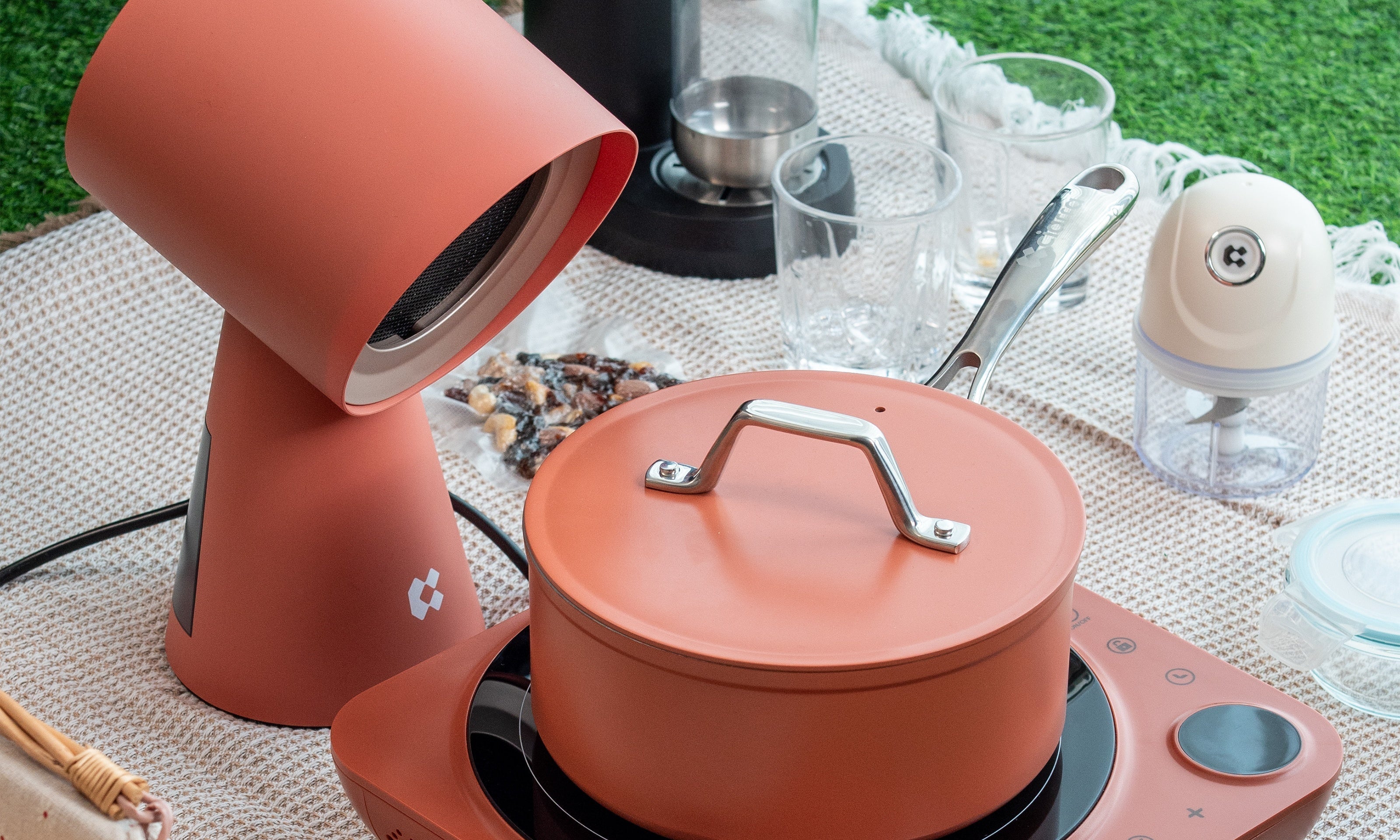
Leave a comment
All comments are moderated before being published.
This site is protected by hCaptcha and the hCaptcha Privacy Policy and Terms of Service apply.